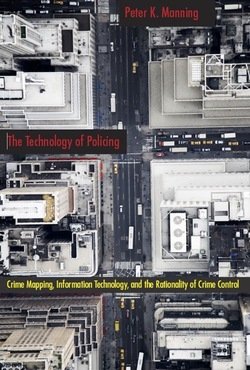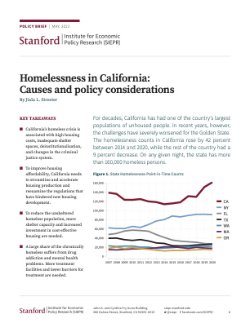By Susannah N. Tapp and Elizabeth J. Davis
In 2020, an estimated 21% of U.S. residents age 16 or older (about 53.8 million persons) reported experiencing contact with police during the past 12 months (figure 1), down from 24% in 2018. Approximately 10% of residents had experienced a police-initiated contact in 2020, while 11% experienced a resident-initiated contact and 3% were involved in a traffic accident that led to a police contact. Findings in this report are based on data from the Bureau of Justice Statistics’ (BJS) 2020 Police-Public Contact Survey (PPCS), with selected data from the 2018 and 2015 PPCS data collections. The PPCS is a supplement to the National Crime Victimization Survey (NCVS), which collects information from a nationally representative sample of persons age 12 or older in U.S. households. The PPCS collects information from persons age 16 or older on nonfatal contacts with police during the 12 months prior to the interview. Police contacts were classified by the year of the survey and not by the year of the contact.
Washington, DC: U.S. Bureau of Justice Statistics, 2022. 25p.





















